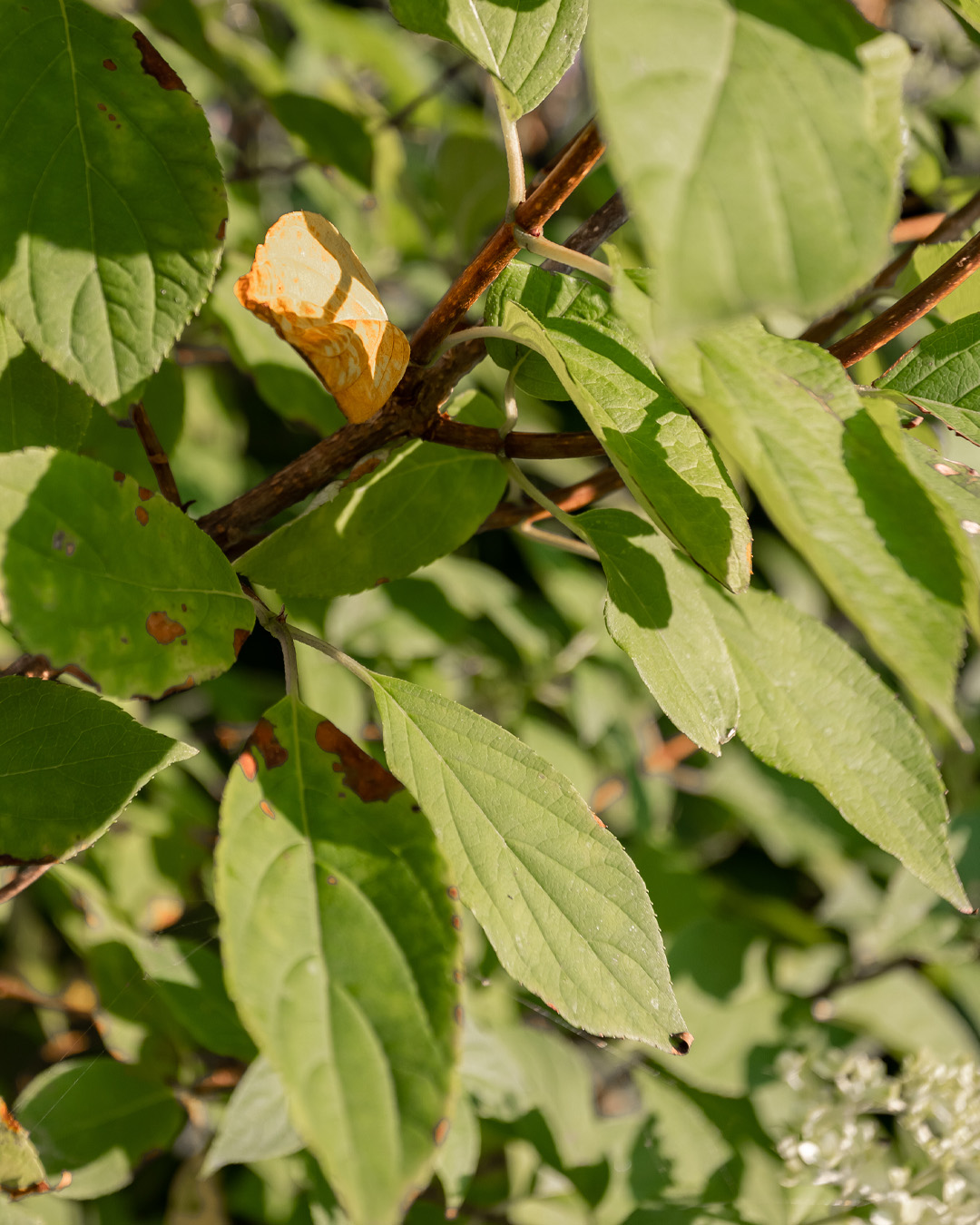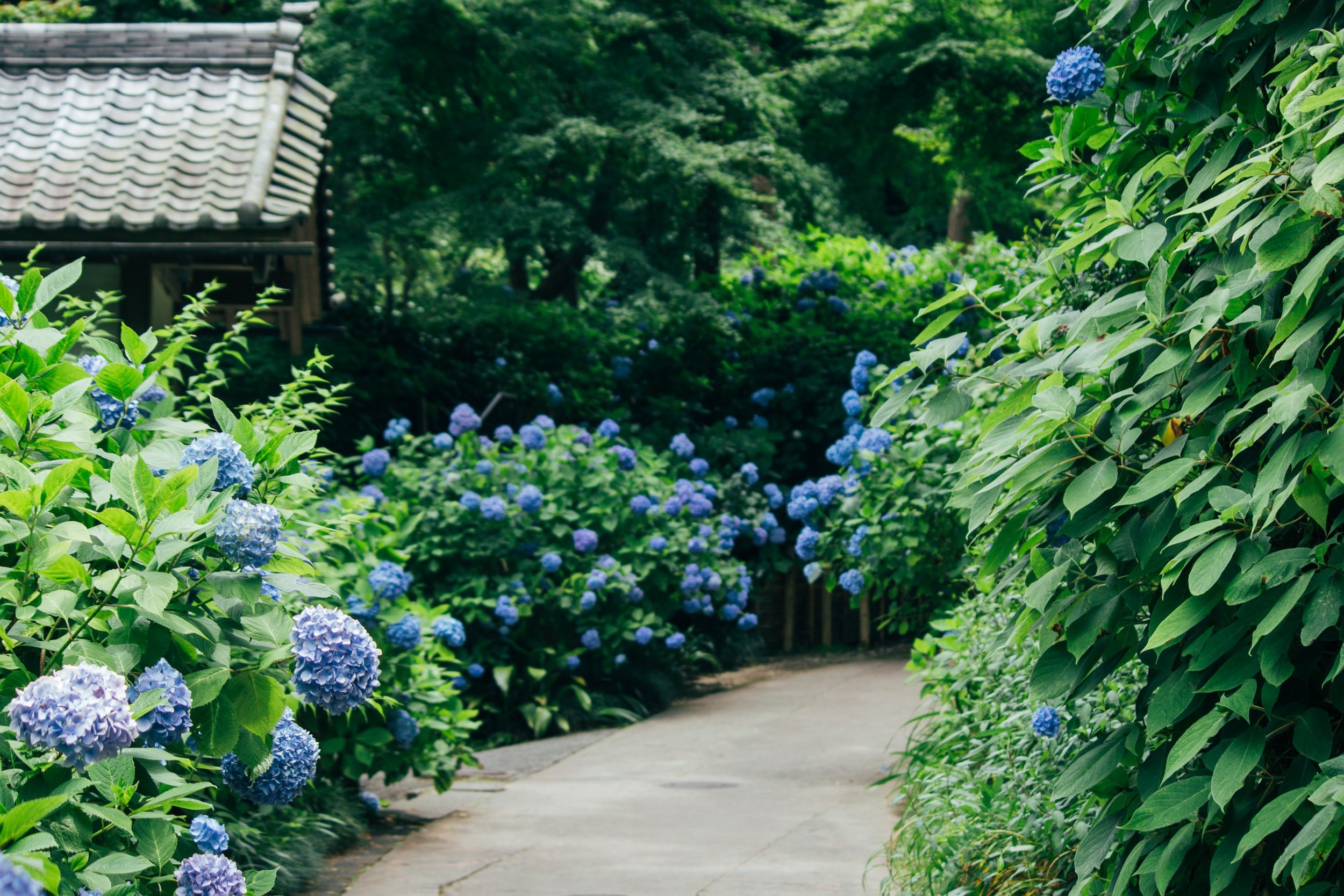The Hydrangea Leaves Turning Yellow Statements
Table of ContentsHydrangea Leaves Turning Yellow - An OverviewExcitement About Hydrangea Leaves Turning Yellow7 Simple Techniques For Hydrangea Leaves Turning YellowThe Ultimate Guide To Hydrangea Leaves Turning YellowOur Hydrangea Leaves Turning Yellow StatementsEverything about Hydrangea Leaves Turning Yellow
The container should be large enough so the plant can expand and get all of the water and nutrients it needs. Panicles enjoy the complete sun.Regardless of the variety, strategy ahead and make certain your plant has plenty of defense from the wind. You might transplant to a new place, or you might produce a wind barrier utilizing an additional plant, or fence.
Ornamental turf, Rose of Sharon, or Holly bushes are simply a couple of concepts of plants you might make use of to obstruct the wind. If you need to transplant, find a spot in your yard that is well safeguarded from sunlight and wind. Hair transplanting is best done in the autumn or the spring.
Facts About Hydrangea Leaves Turning Yellow Revealed
All of the above circumstances might happen to any gardener. Thankfully for everyone, hydrangeas are really resistant, and will certainly most likely recoup very rapidly with a little love and care. The plants area is the most important aspect when it pertains to obtaining recognized and appropriate growth. With a little forethought on planting location and correct maintenance, you'll be able to ensure your hydrangeas!.
If Hydrangea leaves turn yellow and drops off later, it's normally due to overwatering, as the plant can not uptake water and loses the leaves to reduce off transpiration. Following this, Hydrangea leaves begin to sag and shrivel. Given that both problems can create yellow leaves, you should identify the difference between the overwatered and underwatered plant.
You can rescue the plant from yellow leaves by providing it the correct light and placement. If your plant obtains yellow fallen leaves, relocate to a dark area. Place Hydrangea plants inside your home near an east-facing home window. Dapple the plant with curtains or UV defense sheets to obstruct straight heat.
Little Known Questions About Hydrangea Leaves Turning Yellow.
, and temperature modifications can trigger yellowing leaves and brown areas. If it gets too cozy, the sides of the leaves become yellow, transform brownish and develop a crispy appearance.
Hefty dirt can easily obstruct the oxygen supply to the origins and sever the link with the upper parts of the plant (leaves). Hydrangea leaves alter their color if they locate small inconveniences in the soil make-up. This problem can trigger the Hydrangea entrusts to transform yellow, suffer from leaf declines, and make a sagging plant compatible overwatering.
However, yellow fallen leaves in Hydrangeas are the very first signs of disease problem, often complied with by black areas, browning, drops, and wilting. Isolate the infected or pest-infested plant from the healthy plants to avoid disease spread. If it is a garden plant, get rid of all the infected fallen leaves utilizing decontaminated tools and clean up all the particles.
Little Known Questions About Hydrangea Leaves Turning Yellow.

Prevent reducing healthy and balanced or green fallen leaves, and do not get rid of even more than 25% of the plant's vegetation. The major factor behind the red leaves in Hydrangea is inadequate soil or environmental conditions.
Likewise, repot the plant yearly in springtime or every 2 years if the development rate is slow.
Hydrangea Leaves Turning Yellow - Truths
Each factor influences the plant in a method that can be fixed if we understand exactly how to care for hydrangeas the right way. When we speak concerning poor light for hydrangeas, we indicate that the plant isn't getting sufficient sunshine.
Without enough sunlight, the leaves can turn yellow, the visite site plant can end up being weak, and it could create less blossoms. content To ensure a hydrangea gets adequate light, it ought to be put in a spot where it can take pleasure in the morning light and be shielded from the intense afternoon sunlight. Overwatering is when a hydrangea plant obtains even more water than it needs.
The Single Strategy To Use For Hydrangea Leaves Turning Yellow

Yellow leaves might be a sign that the plant is obtaining as well much water. On the other hand, dehydration happens when the plant does not get sufficient water.
This trouble is common in the fall as the weather adjustments or if a hydrangea is grown in a spot where it doesn't get enough warmth from the sun. It is very important to understand the best problems for hydrangeas to prevent low-temperature anxiety. Most hydrangeas grow best in zones 6 to 9, where the environment is milder.
It's vital to know that this kind of yellowing is various from the yellowing triggered by problems like excessive water or otherwise adequate light. For that reason, if the yellow leaves look at here now are mainly at the end of the plant and the rest of the plant looks healthy, it could just mean that the fallen leaves are merely getting old.